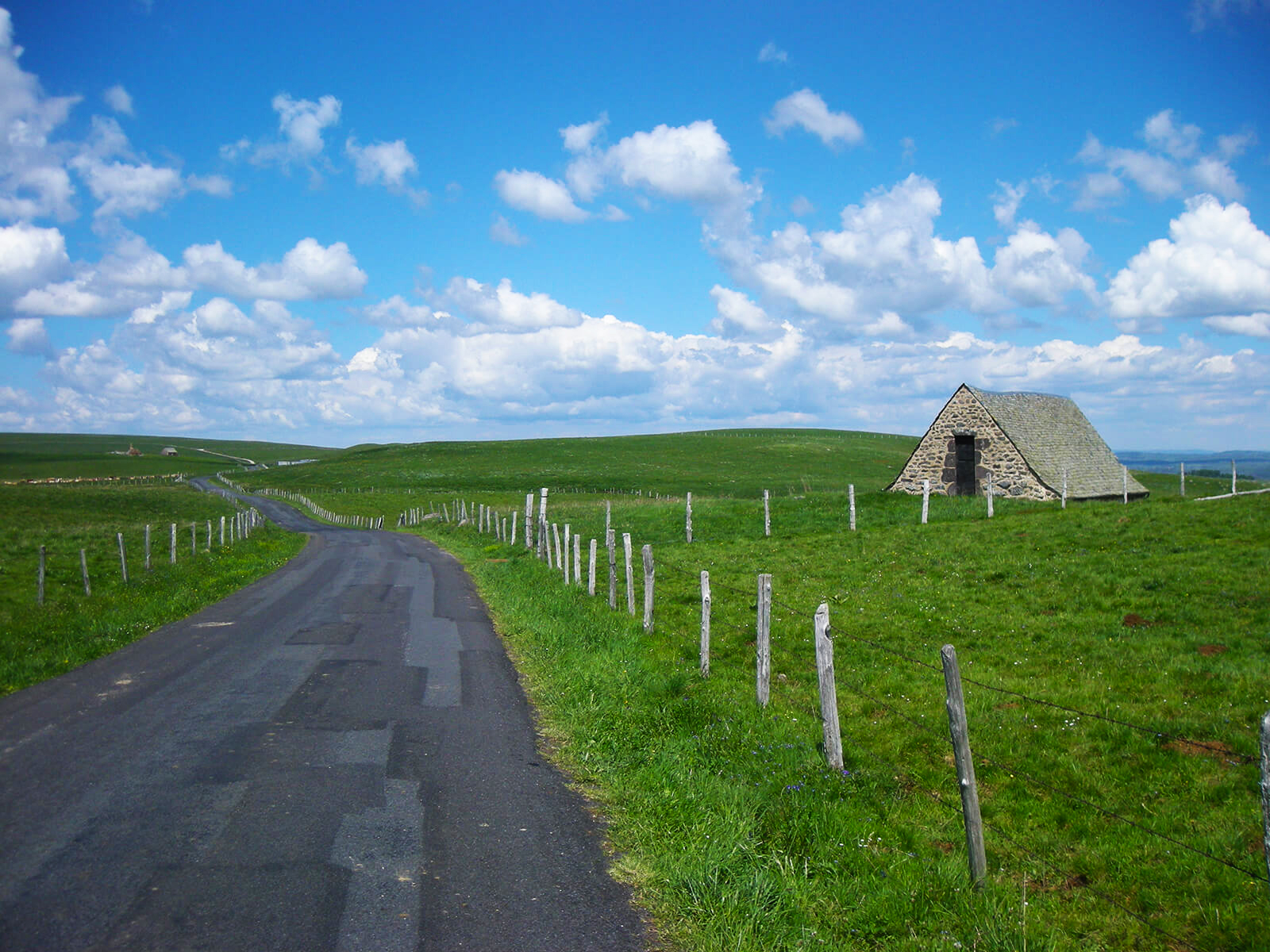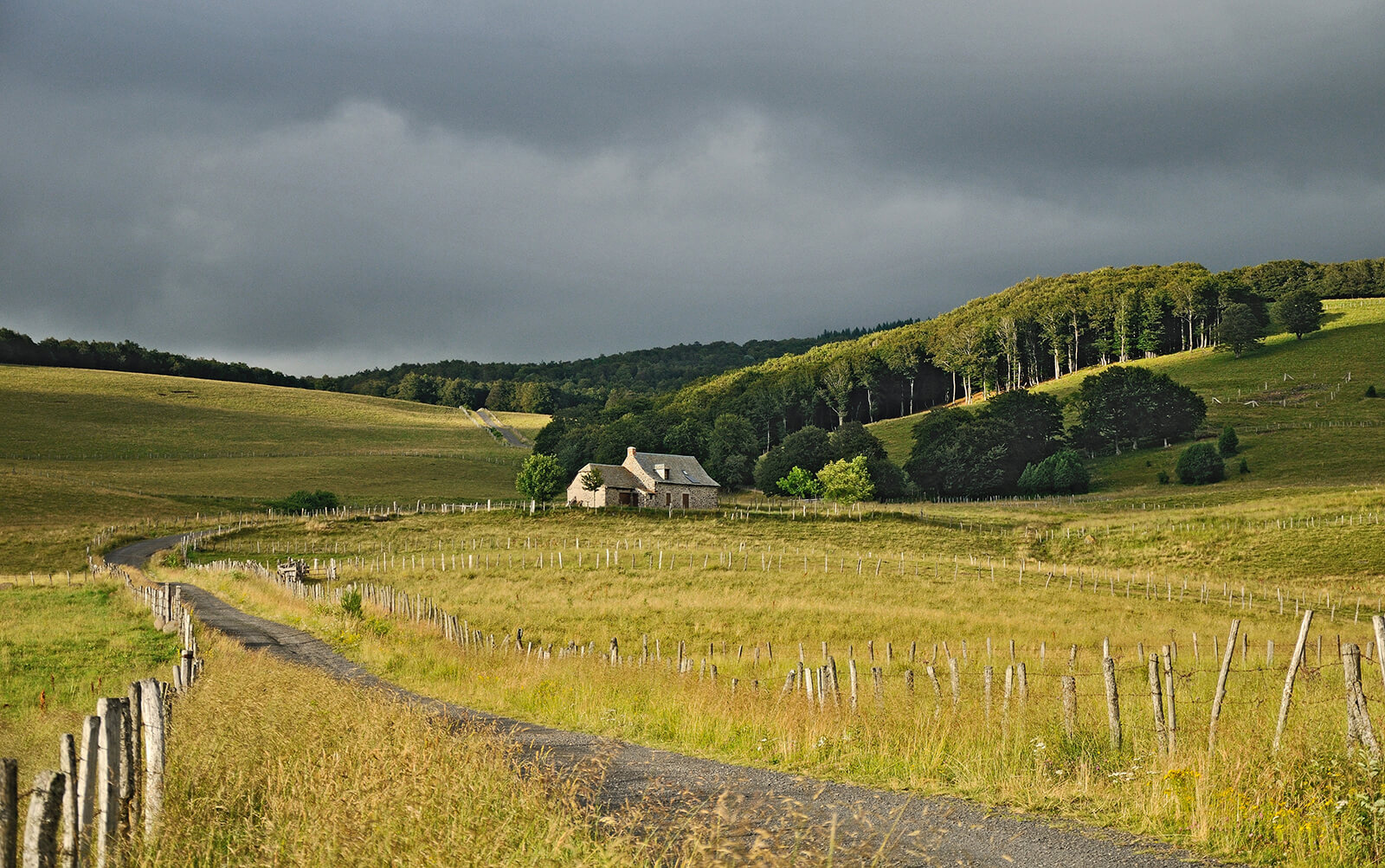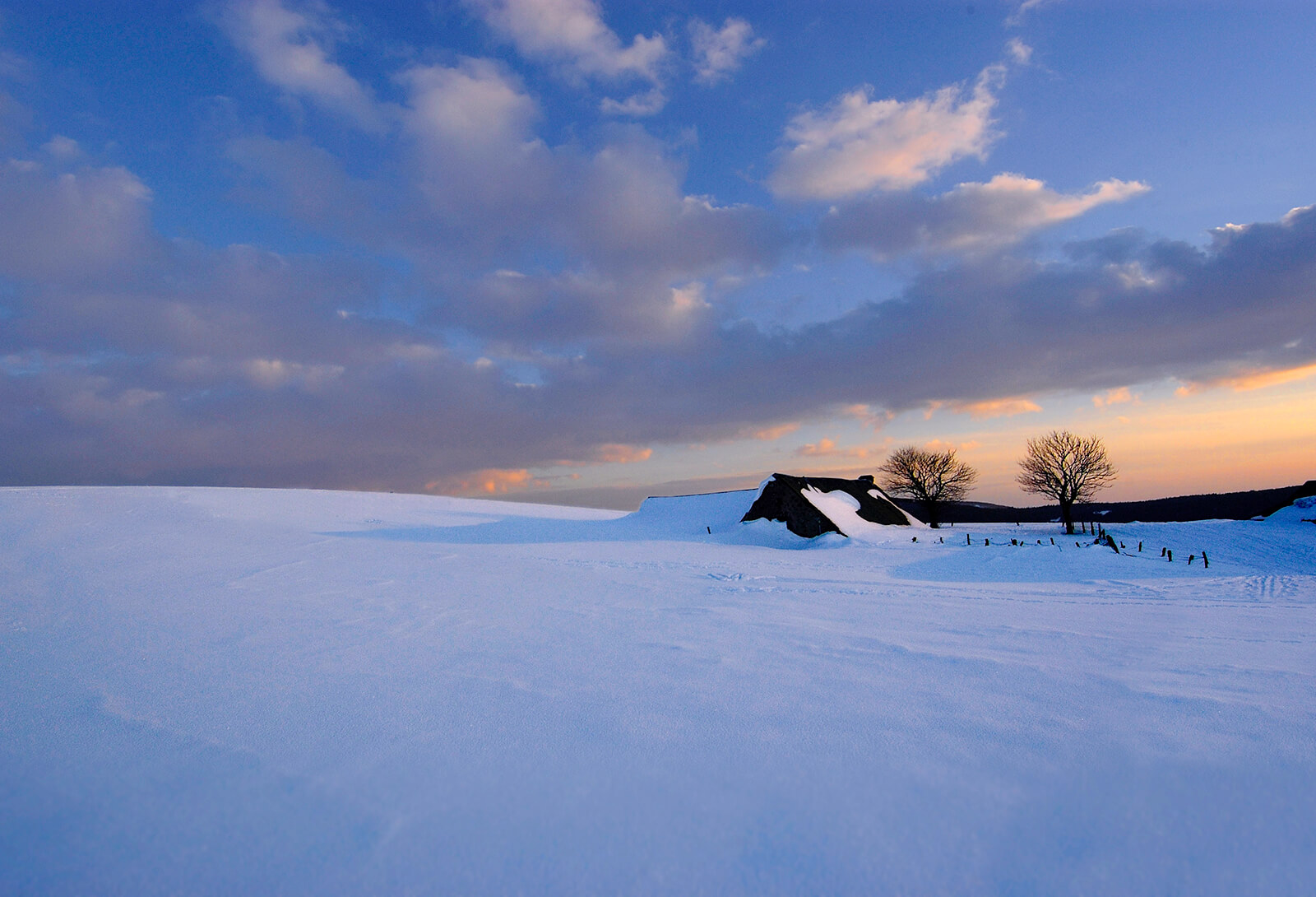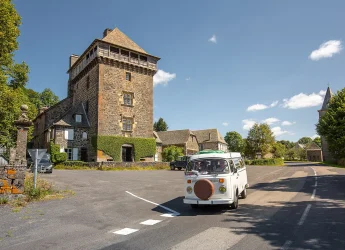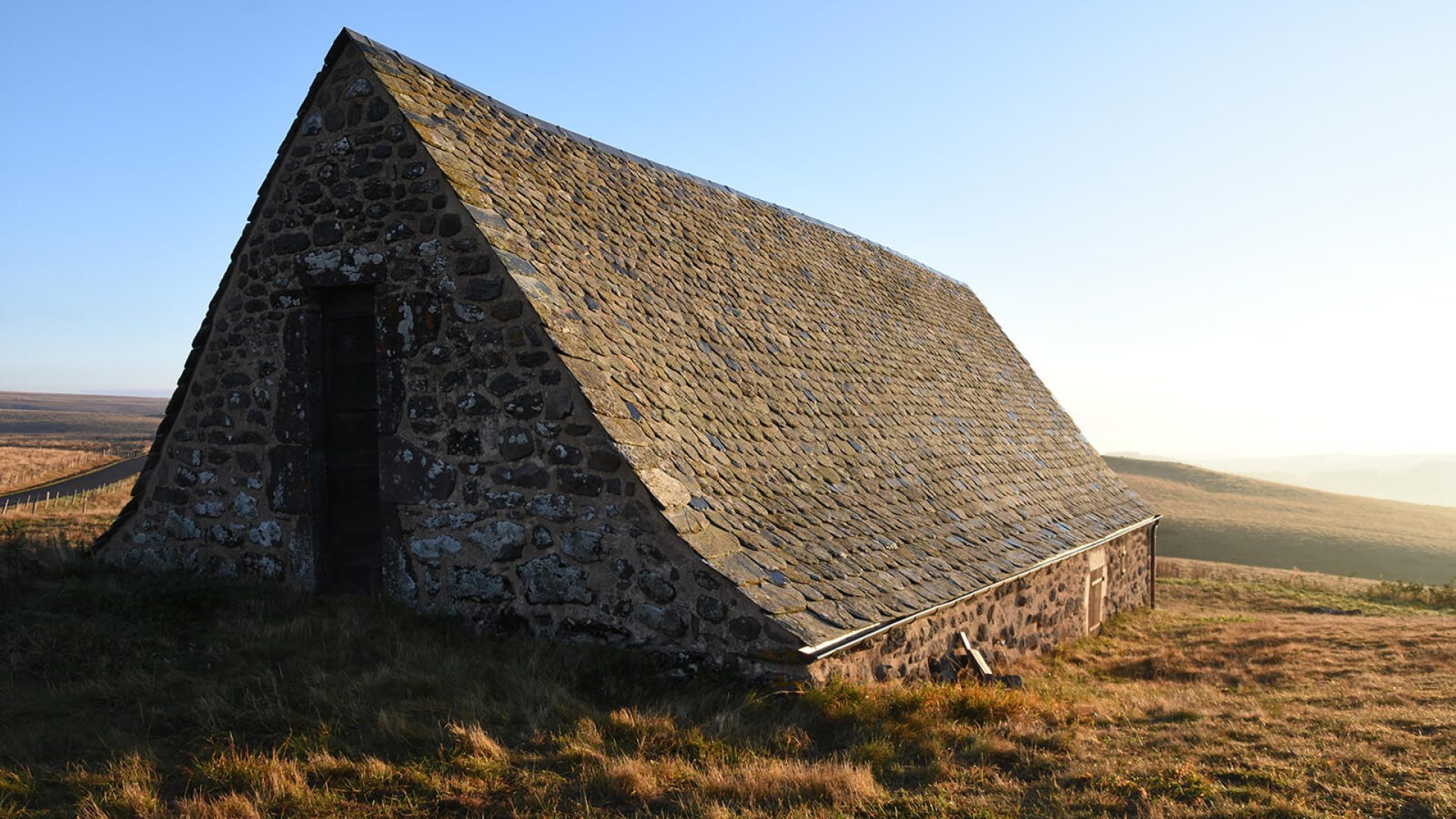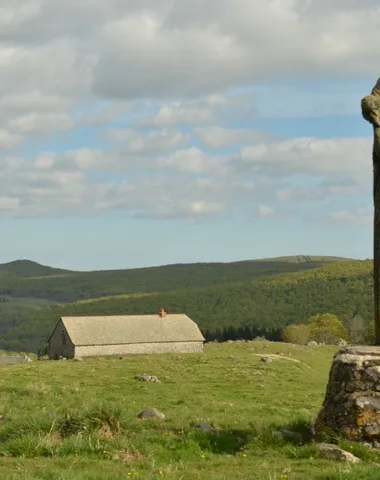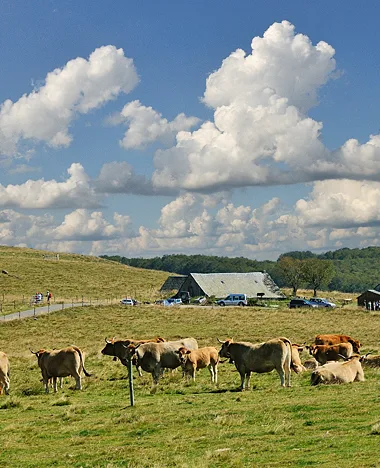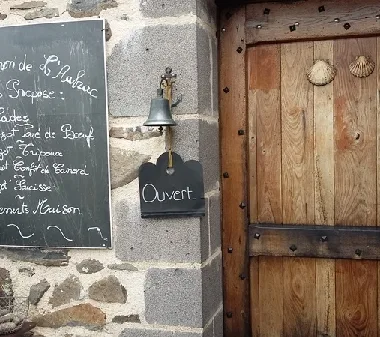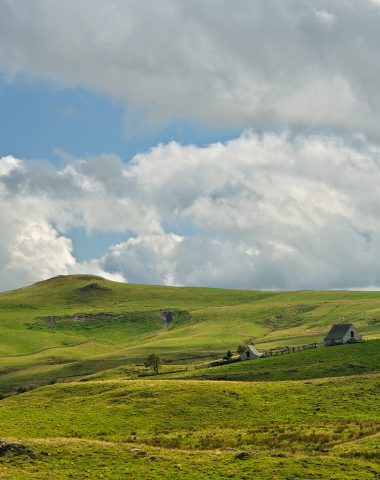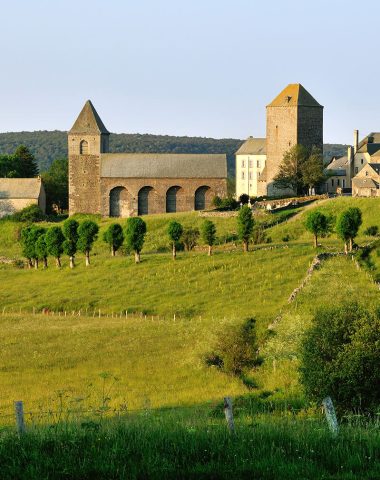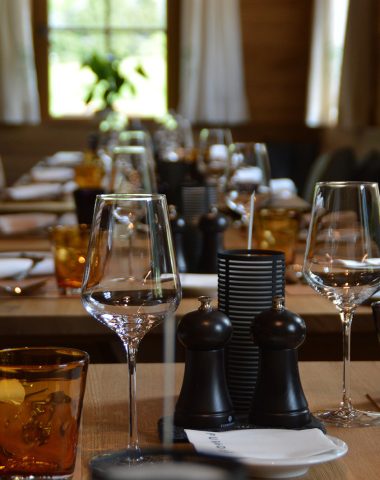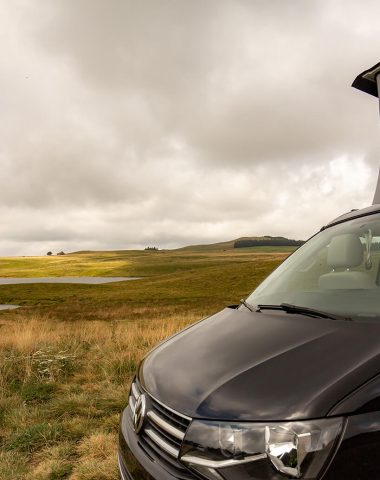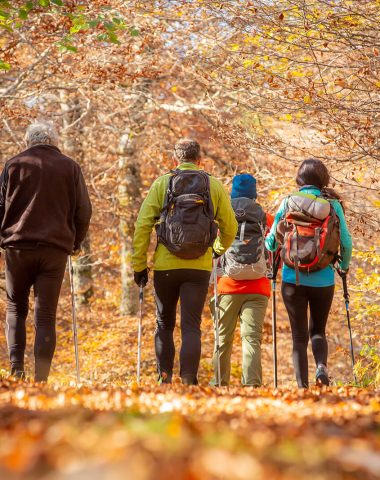Le Aubrac plateau is a preserved region. This huge plate volcanic offers a wealth and variety of exceptional flora. It is an immense desert of around 3 km000, interspersed with drailles, these passageways. Close to 1 meters above sea level, the harshness of the plateau is perfectly reflected in the built heritage, notably through the burons, these emblematic shelters of Aubrac.
A buron, kezako?!
A buron is a shepherd's shelter, which is also called oil in Occitan. This hut was fortified over time to become a solid stone building covered with slate for the cheese making and to shelter men there. Men who communicate in patois, in Occitan, hence the many terms used for their tools, their social rank and the making of fourmes.
A buron is a stone building, covered with slate or slates, which are found on the "mountains", pastures at altitude that the breeders of the valley or the plateau own and exploit on a seasonal basis. It is a seasonal habitat.
A frame designed for the job
In the 60th century, the first burons or masucs appeared and owned a cheese dairy and an underground cellar to refine cheeses. They are located near the springs, because the manufacture of cheese requires water. At the end of the 80th century, the burons were solid stone constructions, leaning against a mound so that the cellar was buried and cool. The walls are very thick: in basalt or granite, they are generally between XNUMX and XNUMX centimeters thick and consist essentially of three parts:
- upstairs, the dormitory, the room where the buronniers sleep and where the hay is stored,
- on the ground floor, the room where the tome is made, fresh pressed curd which is used to prepare the main course: the aligot and which gives the fourme,
- the cellar, where the cheeses mature.
There are very few openings to protect against cold and heat. The door is the main source of light in order to maintain the freshness of the place for the preservation of fourmes.
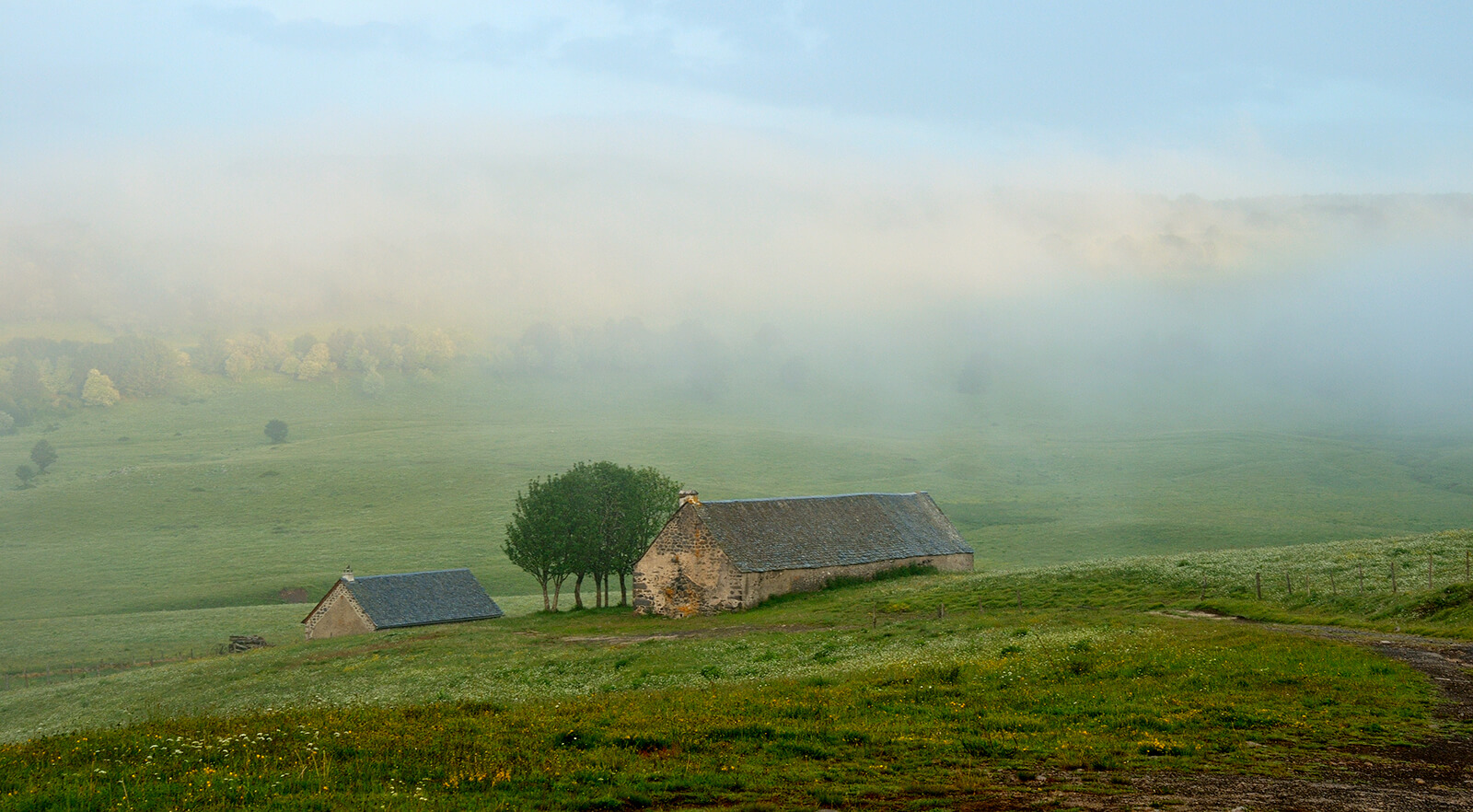
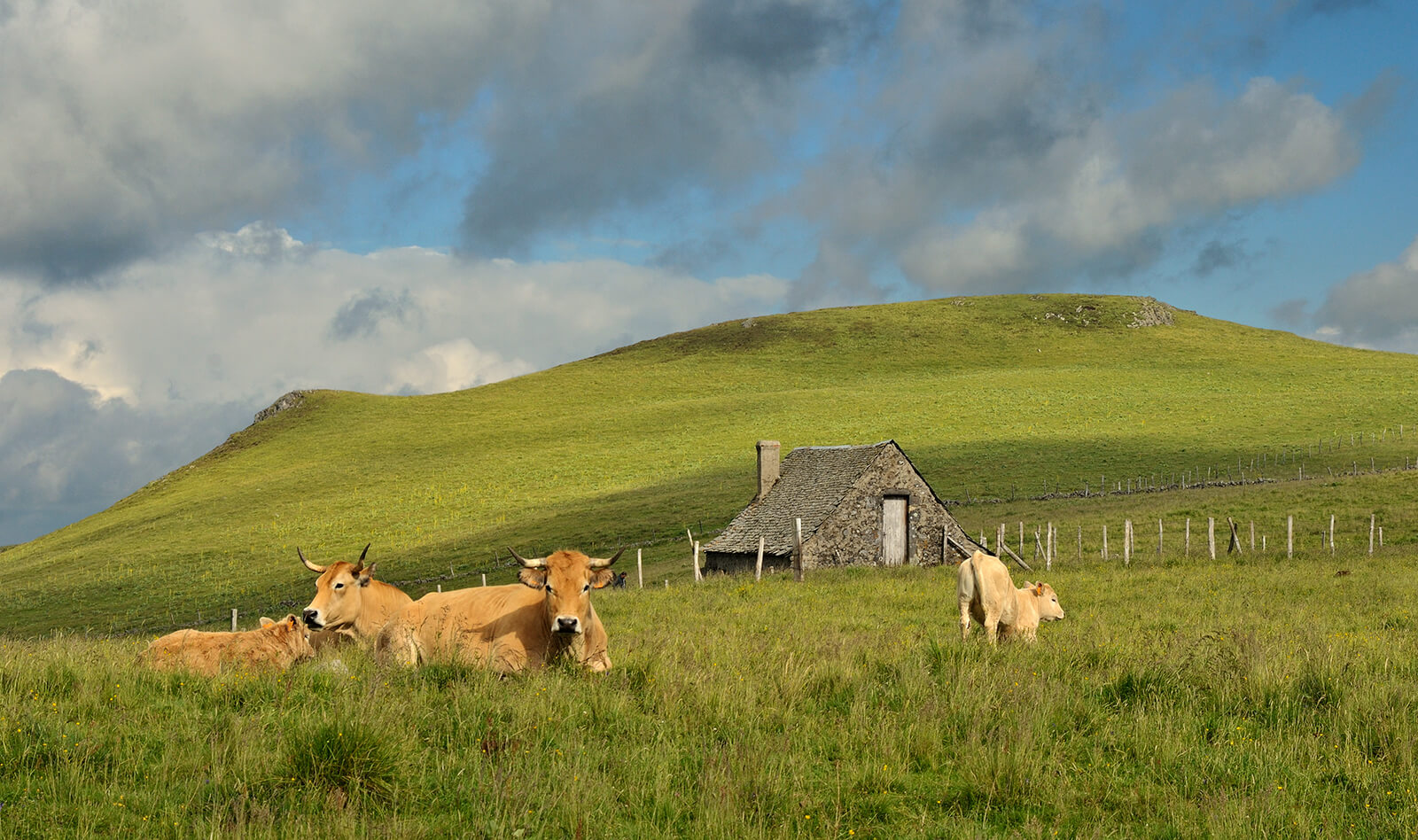
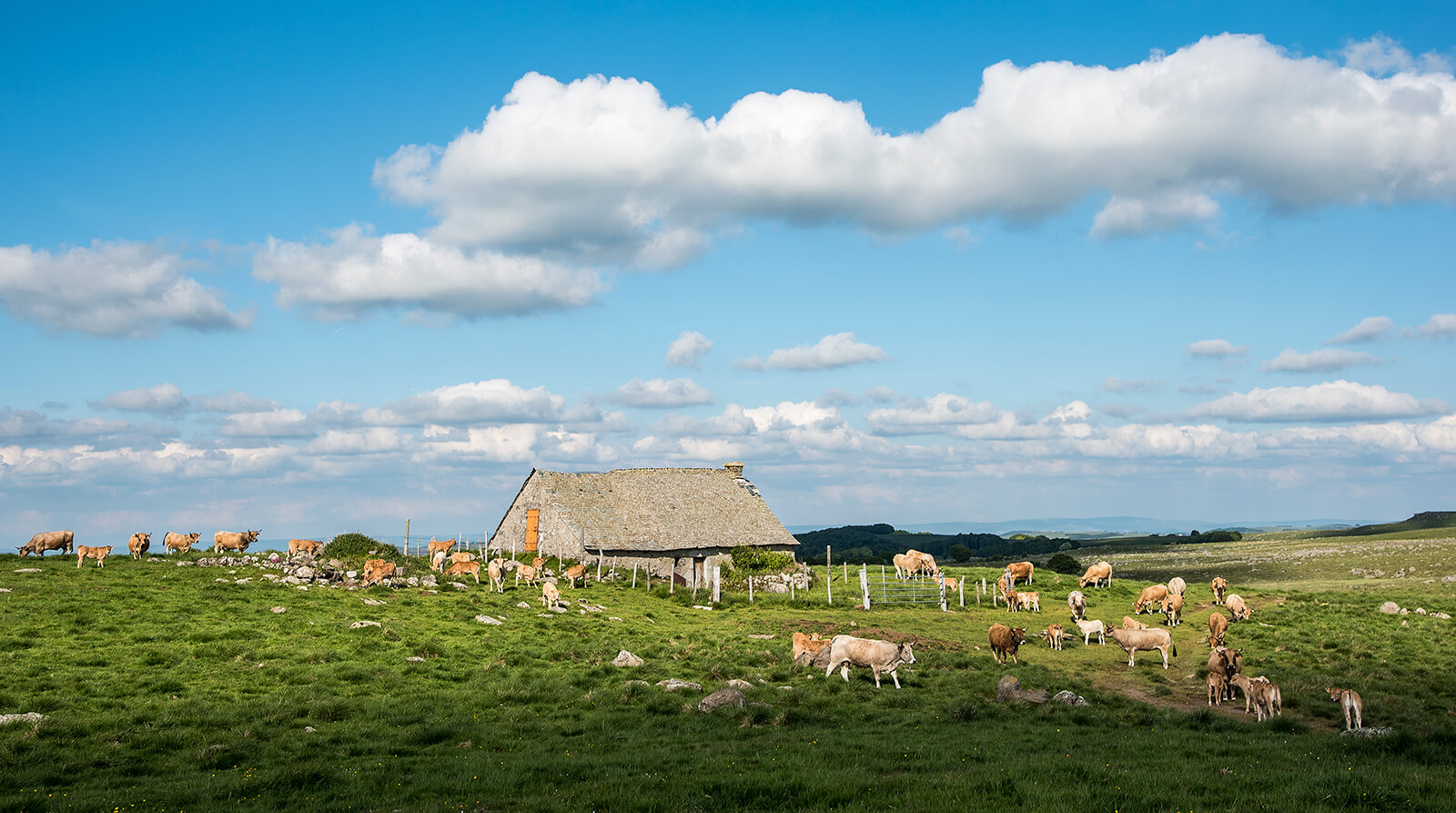
Life at the buron
Lsummer at the buron is generally carried out by four men, depending on the size of the burons:
- the roll, usually a teenager serving as a handyman,
- the bedelier, responsible for caring for the calves (bedelóus), in particular bringing them to the mother to initiate lactation,
- the pastor, 1st shepherd in charge of guarding and gathering the herd for milking,
- the cantales, the boss of the buron in charge of making the fresh tome and the cheese that comes from it.
Twice a day, very early in the morning and at the end of the afternoon, the buronniers ensure the milking cows. Sitting on a selon, the milk is harvested by hand in a farrat then transported to the buron in the gèrla. Milk, borrowed, is then set to “take” for one hour. The curd thus obtained is cut using a menòla or even curd slicer, then separated from the whey with the atraçador (plancha added to the menòla). With lo poset, the buronnier takes the whey, the curds having settled at the bottom of the gèrla. The curd is then pressed under the catswoman or cachaira (large wooden press) and becomes the tome. This is crumbled using the milling machine, salted, then transferred to a wooden or aluminum mold in which it is pressed again. The provides thus obtained is stored in the buron cellar (at a temperature of around 10°C) for maturing, which lasts from 45 days to several months (10 months in general and 18 months at most).
A heritage that falls asleep
In the years 1945-1950, a thousand burons were still in operation, of which 264 on the Aubrac, in what were still cheese mountains. Around 1960, their number fell to about 60 (51 on the Aubrac in 1964) because of several factors : new hygiene standards in force for the manufacture of fourmes, development of agriculture, rural exodus. The last two Aubrac burons (Camejane in Aveyron and Le Théron in Lozère) closed on October 13, 2002. The State then demanded too heavy investments to bring them up to standard.
Until their rebirth
Today, the local population is becoming aware of this strong identity of theAubrac and its burons. Thus, some have rehabilitated burons in buron restaurant : locals and visitors can thus eat thealigoth in a natural, preserved and authentic setting. Other burons have remained private, and offer owners beautiful family celebrations in their ancestral burons.
The song of the burons: Lou Masuc
Amoun, Amoun in the mountain
Al mièg de cada pastoral
Dins l'èrba espessa e la ginçana
Trobaretz a trace of ostal
Lo cantales, lo vedelier,
Amb lo pastor,
I possan de skulls auucs
Aqui l'avetz nostre masuc
When intraretz dins the cosina,
I veretz coma furniture,
Al prèp of a taula pauc fina,
Los jokers and los colèrs
And behind in the burrow
The bona cava,
Din the frescor and din the escur,
Kept the forma del masuc,
E very upstream jost la tiulada,
Al res del fen dels vedelons
Cadun plegat in the fleçada,
Los omes barran los uelhons
Se dins la nuèch bufa en squirt,
The cantalesa
Darr lo pargue rescondut,
S'enduèrm lo tropel del masuc
E lo morning plan revilhats,
Dins l'aubièra and los pes nuds
Amb la gèrla e lo farrat
S'en van los omes del masuc,
When los vedeles an fach un brigal,
One tetada,
Cada tetina sul farrat,
Es una brava font de lach,
When at the end of a departure,
Tastaretz the form of Aubrac
Think about what will be the morning,
Los cantaleses an trimat
For your donar coma dessert
Lo good format,
E lor diretz din un auc:
“Viva los omes del masuc”!
Viva totes los cantaleses!
Que fan la forma e l'oncalat
Long live the shepherds of the gods,
Al mièg de or tropel daurat
Viva los rols, lo vedeliers,
From the mountain
And that tojorn sus cada thing,
Demoran dreches los masucs
Up there, up there, in the mountains
In the middle of every pasture
In thick grass and gentian
You will find a small house
The canatlès, the bédélier,
with the shepherd,
there grow resounding “ahucs”
This is our masuc
When you enter the kitchen
You will see as furniture
Around a very rustic table
Buckets and harnesses
And on the back, buried
The good cellar
In the cool and in the dark
Keep the furnace of the mazuc
And all the way up under the roof
Next to the hay for the little calves
Everyone folded in their blanket
Men close their little eyes
When in the night blows yelping
The wind (coming) from Cantal
behind the well-hidden park
The herd of mazuc falls asleep
And in the morning wide awake
In dew and bare feet
with the jug and the iron bucket
Go away the men of the mazuc
When the calves have done a bit
breastfeeding,
Every nipple on the bucket
Gives a nice fountain of milk
When at the end of a meal,
You will taste the Fourme d'Aubrac
You will think that morning and evening
The buronniers have trimmed
To give you as dessert
The good cheese
And you will shout in a ahuc
Long live the men of the mazuc!
Long live all buronniers!
Who make fourme and encalat
Long live the shepherds of the devèzes
In the midst of their golden herd
Long live the rouls, the bédéliers,
Of the mountain
And that always on every trick
The masucs remain standing.
